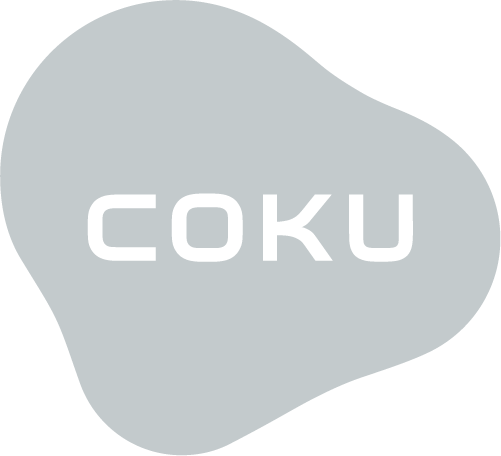DEPARTMENT of
ENDOSCOPY
gastrointestinal disease by endoscopy.




If you have any of the following symptoms,
we recommend you undergo an endoscopic examination:
Heartburn and/or stomach pain
Alternating diarrhea and constipation
Abdominal pain
Bloody or/and black stools
A history of alcohol consumption
and/or smoking
A positive fecal occult blood test




| Gastroscopy (observation only) | 20,000 JPN yen |
| Gastroscopy with pathological examination | 30,000 JPN yen |
| Colonoscopy (observation only) | 25,000 JPN yen |
| Colonoscopy with biopsy | 35,000 JPN yen |
| Gastric polypectomy | 70,000 JPN yen |
| Colorectal polypectomy (day surgery if less than 2 cm) | 70,000 JPN yen |
| Colorectal polypectomy (admission if more than 2 cm) | 160,000 JPN yen |
| Gastroscopy (observation only) | approximately 6,000 JPN yen |
| Gastroscopy with pathological examination | approximately 9,000 JPN yen |
| Colonoscopy (observation only) | approximately 7,500 JPN yen |
| Colonoscopy with biopsy | approximately 10,000 JPN yen |
| Gastric polypectomy | approximately 21,000 JPN yen |
| Colorectal polypectomy (day surgery if less than 2 cm) | approximately 21,000 JPN yen |
| Colorectal polypectomy (admission if more than 2 cm) | approximately 48,000 JPN yen |
For more information, please contact us.
There is a button in the lower left corner of the reservation site that enables you to select English.


If you have any of the following symptoms,
we recommend you undergo an endoscopic examination:
A visible bulge or lump (smooth mass)
in your groin area on either side of
your pubic bone
Pain or discomfort in your
groin or scrotum
Dragging, pressure, or weakness
in your groin
The bulge or lump sometimes
disappears when you lie down.




Day surgery, also known as same-day surgery, means that the patient undergoes surgery and is safely discharged on the same day.
Since the hospitalization time is as short as possible and the patient can return to a normal routine at an early stage, day surgery is useful for working people and parents who are taking care of small children.
Laparoscopic surgery for inguinal hernia is thought to be especially ideal for day surgery.
At COKU INTERNATIONAL, the treatment of adult patients with inguinal hernias with laparoscopic surgery is performed as day surgery.
Please contact us if you would like to schedule day surgery for inguinal hernia.
(Depending on your postoperative condition, it is possible to change from day surgery to an overnight stay in the hospital.)

For more information, please contact us.
There is a button in the lower left corner of the reservation site that enables you to select English.


Masahisa OHTSUKA
MD, PhD, FACS
Executive Director of Medical Corporation KEIAIKAI
Director General of Nishinomiya KEIAIKAI Hospital
Minimally Invasive Therapy Department

Manabu MIKAMORI
MD, PhD, FACS
Director surgeon of Nishinomiya KEIAIKAI Hospital
Minimally Invasive Therapy Department

Tomoki HATA
MD
Deputy director surgeon of Nishinomiya KEIAIKAI Hospital
Minimally Invasive Therapy Department

Akinori SHIMAYOSHI
MD
Director physician of Nishinomiya KEIAIKAI Hospital
Minimally Invasive Therapy Department
